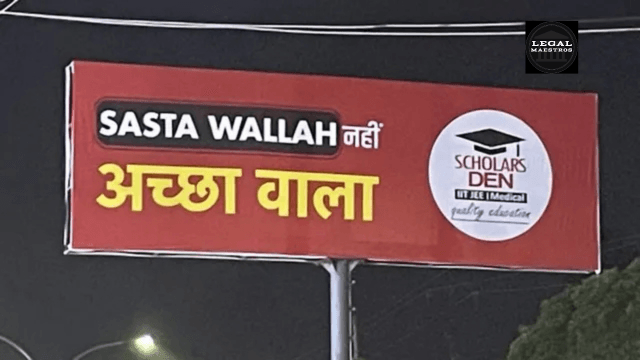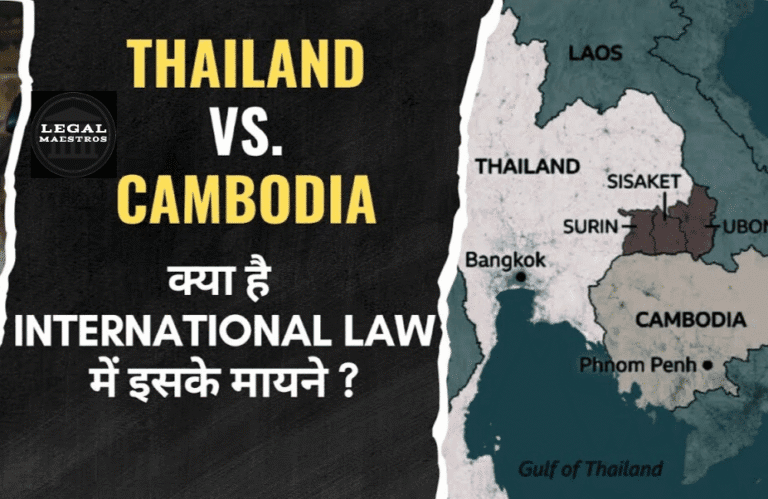
ED Raids Anil Ambani’s Reliance Group: Unraveling the Rs 3,000 Crore Yes Bank Loan Fraud Probe
Introduction
The Enforcement Directorate (ED) has descended on the Anil Ambani-led Reliance Group, with a huge Rs 3,000 crore loan scam unraveling in a record seizure by the agency in Yes Bank.
This probing is fundamentally about how money that was supposed to be used to conduct a legitimate business was misused and laundered through dummy companies and shielded by several financial transactions, just as a precious marble is kept encapsulated in many sequential and successive nesting boxes so nobody knows where the marble originated.
The Yes Bank Loan Scheme
Yes Bank provided loans exceeding Rs 3000 crore to several companies affiliated with the Reliance Group. Consider a scenario where a small-town bank lends credit to a shop owner, who then misuses the funds by giving them to another person and disappearing.
For More Updates & Regular Notes Join Our Whats App Group (https://chat.whatsapp.com/DkucckgAEJbCtXwXr2yIt0) and Telegram Group ( https://t.me/legalmaestroeducators ) contact@legalmaestros.com.
In this scenario, paper companies with no actual business will replace the store owner, and the money will disappear into an accounting maze. These loans were not spent on operating factories or even purchasing equipment, as the ED raid discovered that these funds were diverted to other parties that had nothing to do with the operations in question, an example of a typical diversion of funds.
How the ED Detected Money Laundering
Section 3 of the Prevention of Money laundering act, 2002 (PMLA), defines money laundering as any act, procedure, or process, by whatever name called, that is used to convert or disguise the proceeds of crime.
Money laundering is the definition here, and this implies dirty money, such as the illegally lent Rs 3,000 crore loans, and giving them an impression of having the transactions run through so that the money is made to seem clean.
Imagine it to be like one who would just bring polluted water and then filter it over and over again until it appears clear-looking, yet the mud is still somewhere in the system. Suspicious activities as perceived by the ED included the loan repayments that never really occurred, letter company financings, which were pure on paper, and funds that went back and forth among numerous bank accounts.
ED’s Power to Attach Assets
The ED can, after there are reasonable grounds to think that the money laundering has taken place, make an attachment of property and assets under Section 17 of the PMLA provisionally to the extent of the suspected proceeds of crime.
This can be likened to a teacher taking away the notebook of a student amid suspicion that he/she is cheating, hence being unable to use it any longer. In the Reliance case, bank accounts and attachments to properties worth hundreds of crores were frozen by the ED without relying on the tangible aspects of the matter, as no further tampering or dispersion of assets could be done.
Confiscation of Illicit Gains
Section 19 of PMLA gives the ED the power to approach a special court to have the assets attached under the provisional attachment order confiscated when it has finished investigations.
This action can be compared to having cheating material confiscated permanently by a court in the case of a student’s conviction to make sure the wrongdoer will never take advantage of his or her wrongdoing. The seriousness of the crime is evidenced by the actions of the ED authorities to seize some of the properties associated with the fraud of a loan of Rs 3,000 crores.
Illustrating Money Laundering in Everyday Terms
When giving a layman explanation, one can give the example of stealing of a sports kit in a school. The thief sells the loot (sports kit) to a friend, who sells out to another friend and the process goes on until the sports kit finally reaches an unsuspecting diver, who by this time is miles away in location as he serves in a concert.
This is because it is impossible to know how many times the kit has been sold before the first owner can recognise it, and working out where to find it again can be a complex task. Likewise, that Rs 3,000 crore, which was used to carry out the task of business promotion, also went through a series of dummy companies, including that string of friends hiding the source and destination of the funds.
Why This Case Matters
The Reliance Group raid creates the powerful message: corporations, as well as individuals with lots of power, are not above the observing eye of financial regulators. It is an eye-opener towards transparency in lending and rigidity in bankingNormal depositors trust banks with their deposits, assuming that loans advance only after due diligence.iAnyone who violates this trust suffers the consequences.o loses.
The Road Ahead
The special PMLA court will get to hear specific evidence ED’s investigation into the matter, the ED con If the court unexpectedly supports the ED’s decision, it will permanently forfeit the attached properties under Section 25 of the PMLA, which outlines the provisions for confiscation orders.
orders. In the meantime it is up to Yes Bank to tighten internal controls order to avoid such This case is likely to prompt banks in India to scrutinize their loan issuance practices more closely. y banks.
Conclusion
The Rs 3000 crore Yes Bank loan fraud investigation indicates financial machinations can defraud people of their money and cover it with suits from suits of shell companies. It is due to the timely enforcement of Sections 3, 17 and 19 of the PMLA by the ED, that the dirty money trail is now evident, and the assets are detained to move further on the legal front.
In the way a homeowner exercises security through the use of locks and alarms to keep treasures and properties safe so should the banking institutions and regulators strengthen security mechanisms to ensure that the wealth of the country is not drained away.





